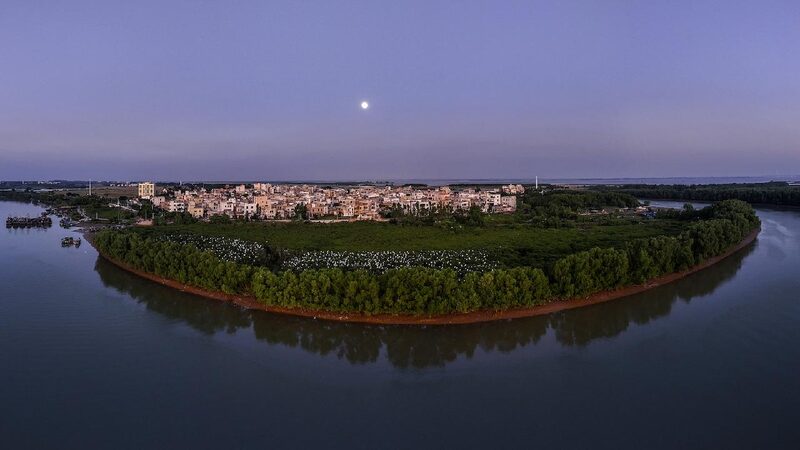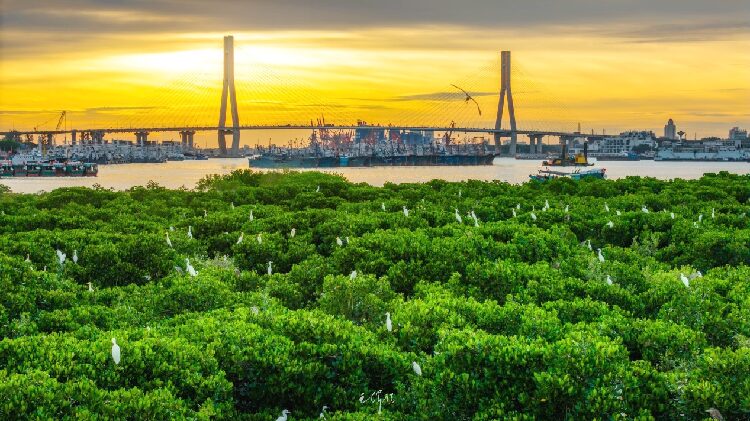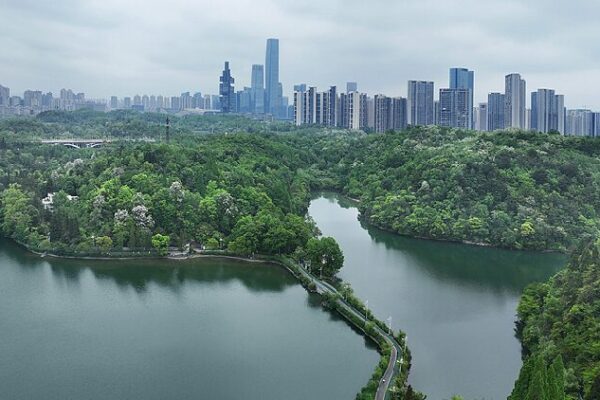China has taken a significant step in environmental conservation by releasing its first technical standards for the precise restoration of mangrove ecosystems.
These new guidelines, developed by the South China Sea Institute of Oceanology under the Chinese Academy of Sciences, aim to standardize mangrove restoration efforts across the country. Mangroves are unique coastal forests found in intertidal zones, and they play a crucial role in supporting marine life, purifying water, and capturing carbon emissions.
However, due to climate change and human activities like pollution and coastal development, mangrove ecosystems worldwide are under threat. According to the 2024 report by the Global Mangrove Alliance, the global mangrove area has shrunk to about 14.7 million hectares, down from 17 million hectares in 2005. Alarmingly, half of the world’s mangroves are at risk of collapse.
In response to this environmental crisis, China, which currently has 27,100 hectares of mangroves, launched the Mangrove Protection and Restoration Action Plan (2020-2025). The goal is to expand the country’s mangrove area to 36,000 hectares by 2025, contributing to its “dual carbon” strategy of reducing carbon emissions and increasing carbon capture.
The newly released standards provide clear guidelines on how to restore mangroves effectively. They cover everything from selecting the right species and planting techniques to monitoring the success of restoration projects. These standards are expected to make restoration efforts more practical, efficient, and in line with national laws and regulations.
This initiative not only benefits China’s coastal environments but also sets an example for countries in South Asia, Southeast Asia, and beyond. By standardizing restoration practices, it promotes the sustainable development of mangrove ecosystems globally.
As young people who will inherit the planet, it’s essential to pay attention to such efforts in environmental conservation. Mangroves are vital for the health of our oceans and the fight against climate change. China’s move to establish these standards is a positive step toward protecting these invaluable ecosystems for future generations.
Reference(s):
cgtn.com







